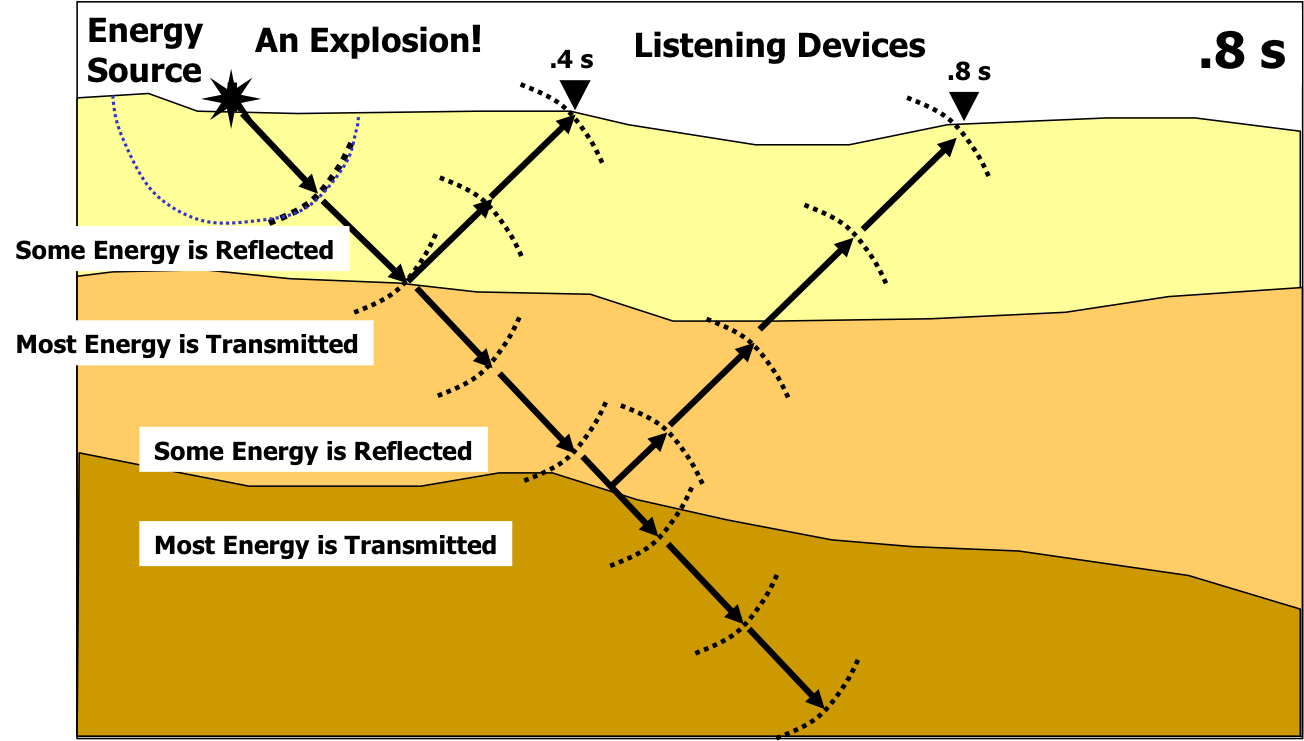All Categories
Featured
Table of Contents
Geophysics in Warwick WA 2021
Much of the image includes blank locations now with little or no radar response. The "yard" wall is still showing strongly, nevertheless, and there are continuing tips of a difficult surface area in the SE corner. Time piece from 23 to 25ns. This last slice is now practically all blank, however a few of the walls are still revealing highly.
How deep are these pieces? Unfortunately, the software application I have access to makes estimating the depth a little challenging. If, nevertheless, the leading 3 slices represent the ploughsoil, which is most likely about 30cm think, I would guess that each slice has to do with 10cm and we are just getting down about 80cm in total.

Thankfully for us, the majority of the websites we are interested in lie just listed below the plough zone, so it'll do! How does this compare to the other approaches? Comparison of the Earth Resistance information (top left), the magnetometry (bottom left), the 1517ns time piece (leading right) and the 1921ns time slice (bottom left).
Geophysical Prospecting in Kalamunda Western Australia 2022
Magnetometry, as discussed above, is a passive method determining local variations in magnetism against a localised absolutely no worth. Magnetic susceptibility survey is an active method: it is a measure of how magnetic a sample of sediment might be in the existence of an electromagnetic field. How much soil is checked depends on the diameter of the test coil: it can be really little or it can be relatively large.
The sensing unit in this case is really little and samples a small sample of soil. The Bartington magnetic susceptibility meter with a large "field coil" in usage at Verulamium throughout the course in 2013. Top soil will be magnetically enhanced compared to subsoils simply due to natural oxidation and reduction.
By determining magnetic susceptibility at a relatively coarse scale, we can identify areas of human profession and middens. Unfortunately, we do not have access to a trusted mag sus meter, but Jarrod Burks (who helped teach at the course in 2013) has some exceptional examples. Among which is the Wildcat website in Ohio.
Standard And Guidance For Archaeological Geophysical ... in Pickering Brook Oz 2020
These villages are often set out around a central open area or plaza, such as this reconstructed example at Sunwatch, Dayton, Ohio. Sunwatch Village, Dayton, Ohio (photo: Jarrod Burks). At the Wildcat website, the magnetometer survey had found a variety of functions and homes. The magnetic vulnerability survey assisted, however, define the main area of occupation and midden which surrounded the more open location.
Jarrod Burks' magnetic susceptibility study results from the Wildcat site, Ohio. Red is high, blue is low. The technique is for that reason of excellent usage in defining areas of basic occupation instead of recognizing specific functions.
Geophysical surveying is an applied branch of geophysics, which uses seismic, gravitational, magnetic, electrical and electromagnetic physical methods at the Earth's surface to measure the physical homes of the subsurface - Geophysical Methods in Nollamara Western Australia 2022. Geophysical surveying methods generally measure these geophysical homes together with anomalies in order to assess different subsurface conditions such as the presence of groundwater, bedrock, minerals, oil and gas, geothermal resources, spaces and cavities, and a lot more.
Latest Posts
What Should I Do To Be A Geophysicist? in Subiaco WA 2022
Geophysicist - Jobs And Skills Wa in Midland Western Australia 2023
Career Guide: Geophysicist in Tapping Aus 2022